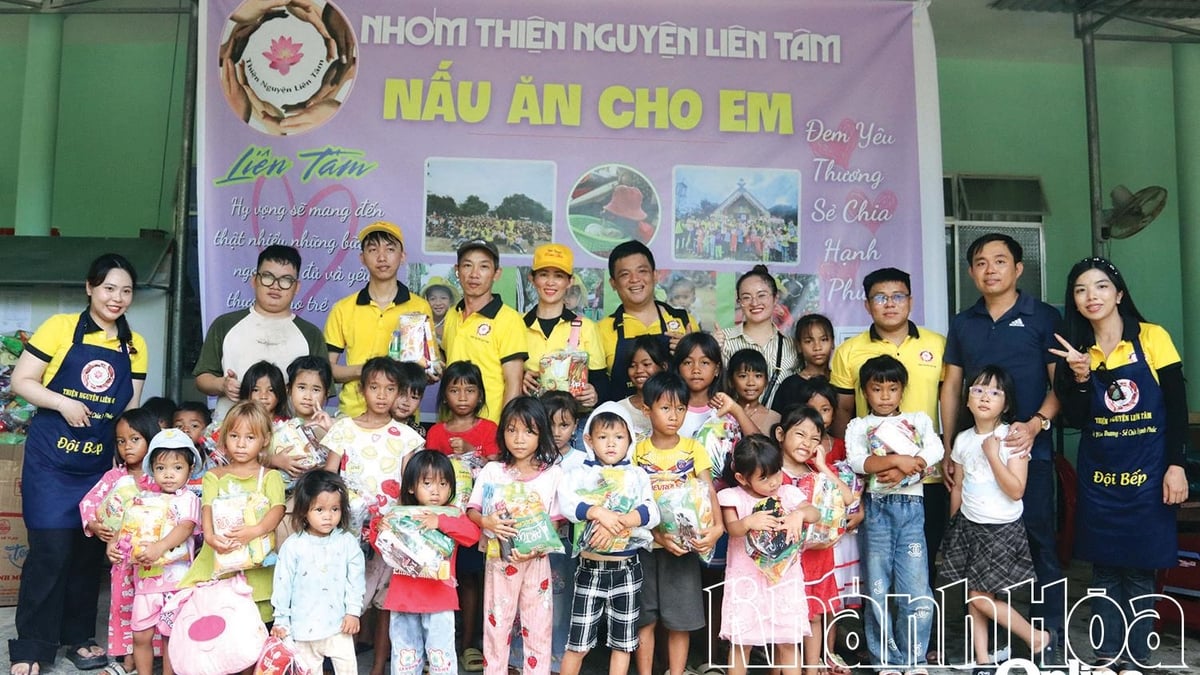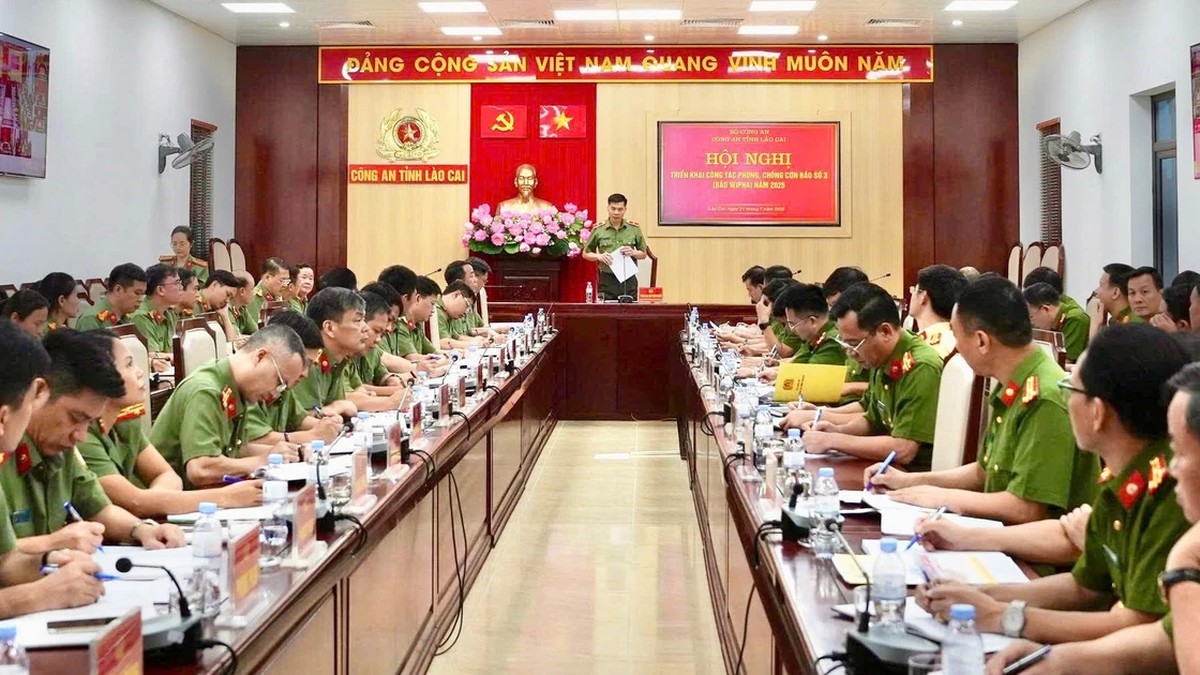Bien Thuong ancient village (now Vinh Hung commune, Vinh Loc district) is not only known as a land of outstanding people and geomancy associated with historical relics such as Trinh palace, Hoang Dinh Ai temple, Vet temple relic, Bao An pagoda... but this place is also famous far and wide for its ginseng product, once known as "Dai Viet's most famous ginseng".
 People in Viet Yen village, Vinh Hung commune grow ginseng.
People in Viet Yen village, Vinh Hung commune grow ginseng.
Bien Thuong village is located on the left bank of the Ma River. In the early days of spring, the sound of communal drums and communal house drums from festivals is bustling. In every family, at the feast or tea table, it is not difficult for us to see the image of a bottle of ginseng wine or a box of ginseng tea... to entertain guests. Ginseng, a type of ginseng, is used as a rare medicinal herb, to make drinks, medicines, nutritious food, refreshing and cooling, and is a product used to offer to kings and lords in ancient times.
Elders in Bien Thuong village said that according to legend, in 1397, the construction of the Ho Dynasty Citadel took a lot of effort from the mandarins and soldiers. Ho Quy Ly sent people to hunt for precious ginseng to improve health and speed up the construction of the citadel. Later, ginseng was a nutritious food used exclusively in the Ho Dynasty palace and was considered a national product during the Le Dynasty and Trinh Dynasty.
Nowadays, realizing the high economic value of the ginseng plant, some households in Vinh Hung commune as well as neighboring communes of Vinh Loc district have sought to restore the variety. Ms. Trinh Thi Huong, in Viet Yen village, said: Her family grows ginseng on the mountain range behind her house. This is the mountain range adjacent to Bao mountain, which is believed to be the origin of this precious ginseng. According to Ms. Huong, her family's hilly land has long been used to grow sugarcane and cassava with low economic efficiency. Since switching to growing ginseng, the economic value has increased many times. The current market price of ginseng ranges from 800,000 to 1.2 million VND/kg.
In Doai village, Vinh Hung commune, Mrs. Dang Thi Nga's household is considered one of the households that successfully grows and brings in high income from ginseng. According to Mrs. Nga, in the early years, her family mainly sold fresh tubers in the field, so the economic efficiency was not high. Recently, her family has joined with a number of other households to establish Tay Do Agricultural Cooperative, buying machinery to produce ginseng herbal tea products. The cooperative's products are favored by the market and are recognized as 3-star OCOP products.
Although the product is highly appreciated by the market, up to now, the development of this product in the direction of large-scale commodities and reaching out to domestic and international markets has many limitations. Many households have grown this type of ginseng, but only on a small scale due to unstable product output and lack of linkage in consumption. In order for people to feel secure in sticking with and expanding the area of growing ginseng, the relevant authorities need to have more mechanisms and policies to support people in terms of varieties, techniques, as well as ensuring product consumption.
Mr. Trinh Viet Cuong, Head of the Department of Agriculture and Rural Development of Vinh Loc district, said: There are two types of Panax notoginseng, including red and yellow flowers. The yellow flower type is said to have better medicinal properties, so it is often more valuable, ranging from 800,000 to 1.2 million VND/kg. To restore Panax notoginseng to become a commercial plant, in recent years, the People's Committee of Vinh Loc district has implemented many solutions such as issuing the Project "Conservation and expansion of Panax notoginseng development in the area in the period of 2022-2025, with a vision to 2030". The specific goal for the period of 2022-2025 is to successfully build 2 hectares of Panax notoginseng parent trees in yellow flowers (in Vinh Hung commune) to preserve indigenous genetic resources, and at the same time propose that the Department of Agriculture and Rural Development recognize the origin of Panax notoginseng for planting and propagation, and provide seeds to expand the Panax notoginseng planting area in the district. By 2030, maintain the native genetic resources at Bao Mountain, Vinh Hung Commune and develop the area of panax ginseng cultivation in the whole district to about 250 hectares. At the same time, bring panax ginseng products to foreign markets.
Thanh Hoa Provincial People's Committee also issued Decision No. 4125/QD-UBND dated October 22, 2018 approving the plan for science and technology tasks in 2019. Including the Project on applying science and technology to build a model for producing ginseng according to GACP-WHO associated with the value chain in Vinh Loc district and directly assigned to Trieu Son Pharmaceutical Joint Stock Company (under Triso Group) for implementation.
In order to have a more comprehensive assessment of the development of ginseng, in April 2021, Vinh Loc District People's Committee coordinated with Trieu Son Pharmaceutical Joint Stock Company to organize a scientific workshop with the theme: "Conserving and developing ginseng into many high-value commodity products, serving tourism development in Vinh Loc district, Thanh Hoa province". At the workshop, scientific researchers presented their opinions on promoting the application of scientific and technical advances to plant, care for, produce, and process ginseng into commodity products serving tourism development, creating jobs, contributing to promoting local socio-economic development.
After many efforts, up to now, the area of growing ginseng in the whole district has reached about 25 hectares (of which Vinh Hung commune has about 10 hectares, with 60 households participating in growing). Of which, there are 2 products processed from ginseng that have been certified to meet 3-star OCOP standards, including An Tam ginseng wine (An Tam wine business) and Thao Nga ginseng tea (Tay Do Agricultural Cooperative).
Article and photos: Dinh Giang
Source






























![[Photo] National Assembly Chairman Tran Thanh Man visits Vietnamese Heroic Mother Ta Thi Tran](https://vphoto.vietnam.vn/thumb/1200x675/vietnam/resource/IMAGE/2025/7/20/765c0bd057dd44ad83ab89fe0255b783)






































































Comment (0)